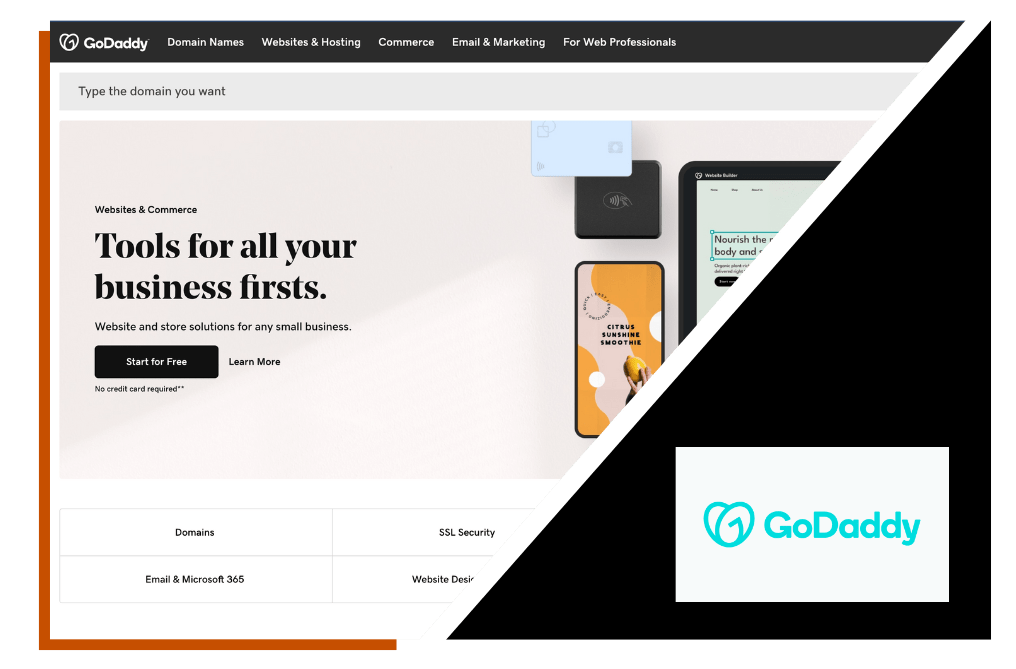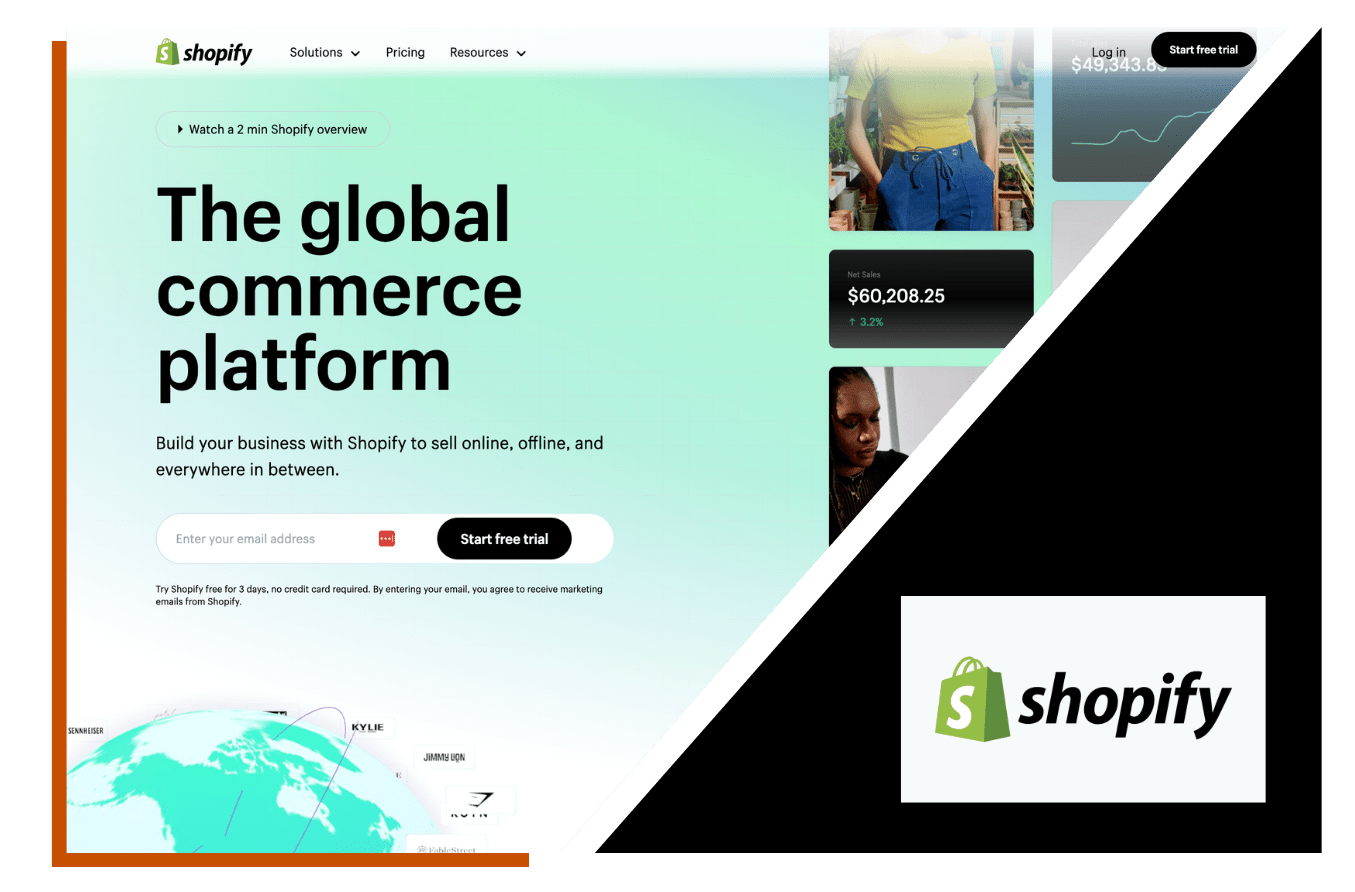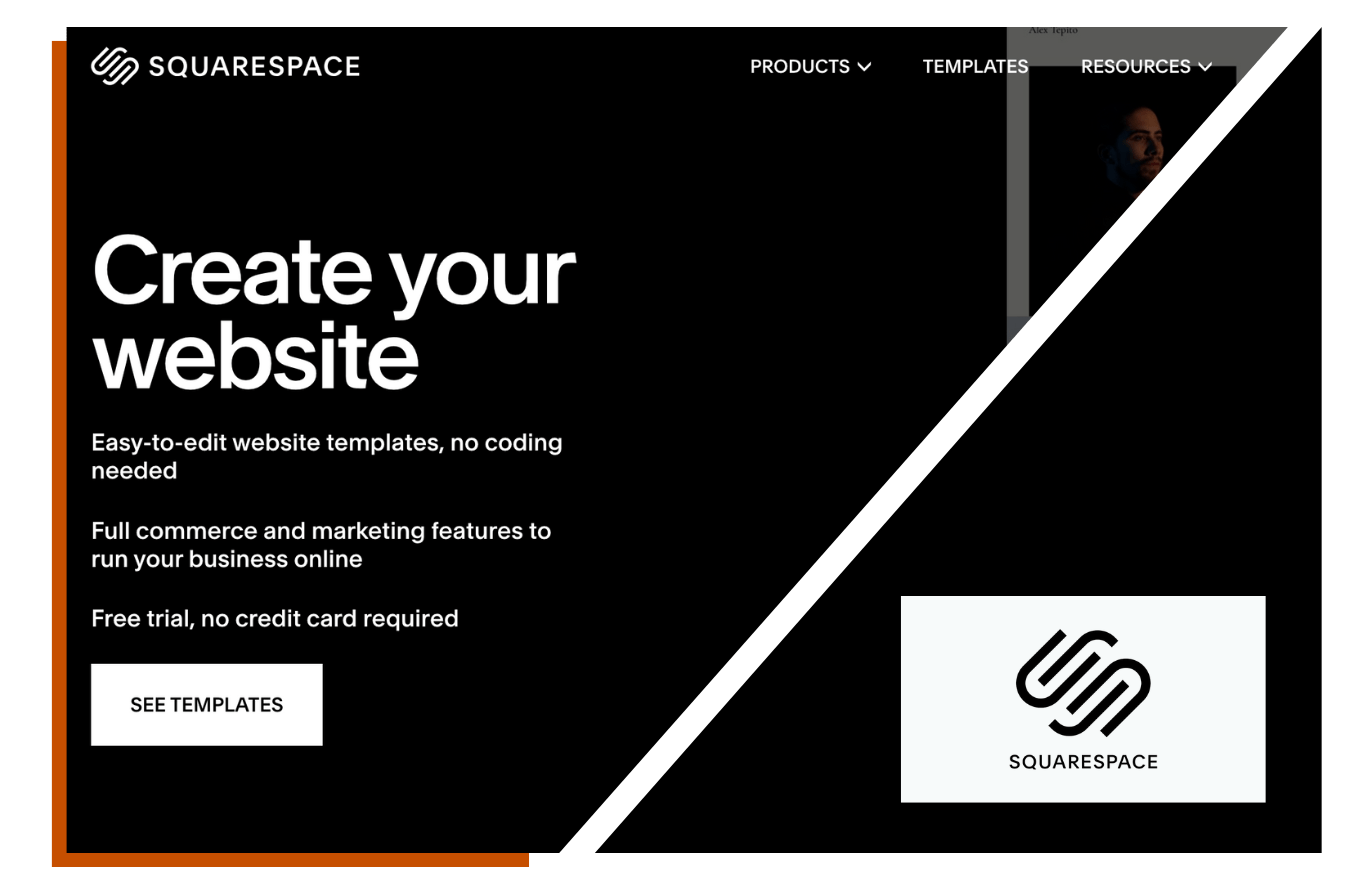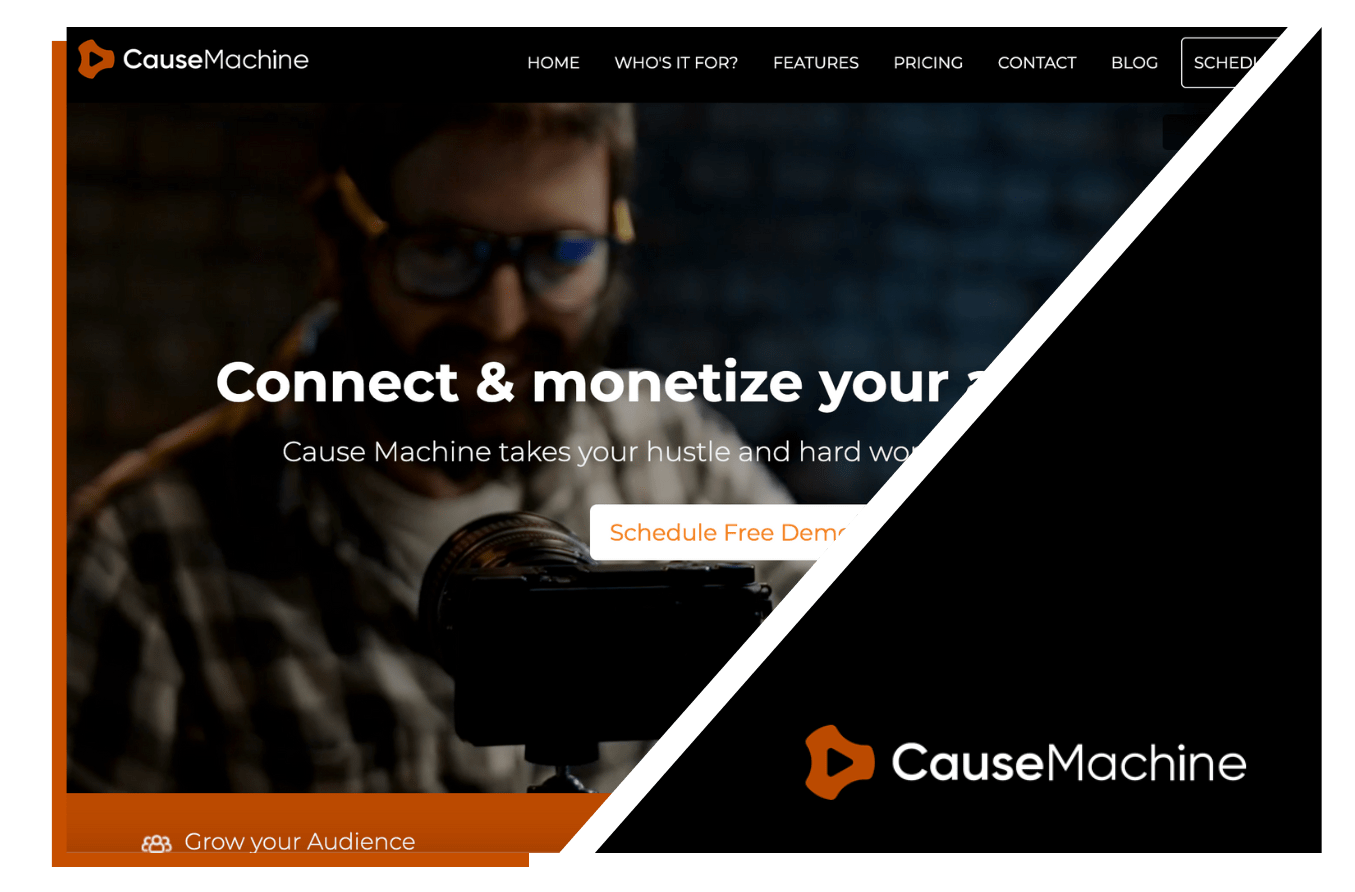What is Digital Engagement?
Being a Community Guide

Having a community and being a community guide are two totally separate things.
Having a community is having the property, having the people, having the connections, and all the other tactical pieces of a community.
Being a community guide is a mindset, a process, a vision drive to see people guided to something more.
My challenge to you here is to fully embrace the role of a guide (and not just a host or admin). The most successful communities are the ones where the leader(s) take on the role of a guide and work to steward their community down a path and toward a goal that betters the member. Let’s look at some ingredients to what makes someone a great community guide.
-
Personal Commitment - it starts with a commitment to adopting this role and making it part of who you are and all that you do.
-
Define a Path - guides have a path for where they are taking people and they share that guide with their community to rally around.
-
Create Resources - you need resources that help show people the path you are guiding them down so it’s not abstract.
-
Build Steps - you guide people to their next step and don’t overwhelm them with the full picture and the big end goal.
-
Equip Others - strong communities that guide people have equipped others in the community to become guides to others (it should not be all on you).
-
Demand Simplicity - guides help make things simple… again, you don’t want to overwhelm people with the big end goal… just guide them one simple step at a time.
-
Measure the Journey - there are so many things you can measure today and our tendency is to focus on things like revenue… guides also focus on guidance progress.
-
Keep it Fresh - there’s no silver bullet for guiding members - keep a constant rhythm of challenging what you have and how could do things better/differently.
-
Listen Well - strong community guides have a knack to listen well to their community (and their needs) to architect new solutions to the deeper needs.
-
Stay Innovative - the needs drive the innovation - guidance should be an innovative response to the needs of your community.
-
Automate - you can’t automate everything but many things you can - find the things (like drip campaigns) to help guide your community.
I could spend a ton of time here talking about your role as a guide and ways to bring that to life. This is a journey for you and you never really achieve the end… but that’s good. You’re constantly working to create a better experience for your community. Guiding people takes time but the results are significant.
The big challenge… think less about what you are trying to “sell” or deliver and focus on how to guide your community to the shared end goal. The rest will fall into place.
Cause Machine Solutions
You are the guide… but Cause Machine is here to set you up for success. The Cause Machine platform is designed to help guide members through various experiences and continue guiding them into greater community engagement. We believe the journey is far greater than the single touch point. Our goal is to see your members have a great experience at every turn and throughout their entire journey. Schedule a demo today!
Delivery vs. Engagement

So what’s the difference between digital delivery and digital engagement? It’s huge!
I sat in a conference several months back with some leading organizations sharing their digital strategy. The ideas were great but it continues to be impressed upon me that there is a critical difference between delivery and engagement. And from all of those presentations… I heard 100% delivery in the world of digital.
Okay, so partially, that’s to be expected. The digital space is largely a place to “delivery” or pushes the content/resources you have available. And we most commonly think of engagement as being more in person and not in the digital space.
I would offer the foundation that digital should always lead to interpersonal in-person connections… but we’ll save that for another discussion.
Most organizations have a digital strategy that’s 100% delivery.
Most digital strategies look like this:
-
Blog postings
-
Facebook postings
-
Instagram postings
-
Twitter postings
-
LinkedIn postings
-
Webinars
-
Virtual events
-
Websites
Most digital strategies do NOT look like:
-
Conversations
-
Guiding people down a path
-
Connecting people with each other
-
Being responsive to the needs of others
-
Making great connections
-
People forming groups
-
People moving from digital to interpersonal in-person connections
So this is where you have a choice. Do you want to be all about running a digital delivery strategy or a digital engagement strategy. And yes, it’s a choice. Digital engagement is going to take more work but you’re also going to see greater results. Here are some building blocks to help you start down this path.
-
Define your Difference - start by defining what you mean by both digital delivery and digital engagement. It’s good to have both and even if you’re great at engagement, you still need the delivery part. Just don’t leave off the engagement!
-
Build a Path - create a path for where you are leading people and how you are guiding them there. The path will help you (and your community) to see the direction forward.
-
Drive to Connections - the best way to wrap your mind around digital engagement is to think about personal connections. What connections would you like to see people make and then reverse engineer how to get there.
-
Try Things - there’s no silver bullet for what digital engagement looks like and it’s often very different per each organization. Dream up a few things and give them a try.
I’ll close with this. I truly believe you have a duty, stewardship, and responsibility to help nurture and engage your audience (with you and with each other). May I challenge you to think well beyond the realm of just digital delivery. It’s work but the rewards are amazing.
Cause Machine Solutions
The Cause Machine platform is built on a philosophy of digital engagement and a drive to see each community moving members from online connections to in-person connections. While we love the benefits of what technology can bring to our lives… we believe nothing can bring more life to us as humans than connecting with each other. That’s why we’ve built every piece of this platform with that goal in mind. Schedule a demo today!
8 Best Website Builders for Small Business

Even for the smallest of businesses, a quality website is a non-negotiable, a sort of must-have.
But what's the best website builder for small business?
There’s plenty to consider. But first, you need to identify your “why?”
According to Forbes (and countless other business experts), websites make or break companies every day. A good one will lend you credibility, expand your market and save you time on basic customer service issues.
A bad one will be a waste of money (at best) – or at worst, drive business away.
Ultimately, your website will help build your brand and make you money, and for most small businesses, it’s totally within reason to create one yourself.
We’ve researched the options for the best website builder for small business and narrowed down the results so you don’t have to.
8 Best Website Builders for Small Business.
1. GoDaddy – Best for First Timers

GoDaddy is one of the oldest games in town, and they’ve ironed out most of the kinks for first-time website builders. With a bunch of design tools that don’t require experience to use, you can create a professional-looking website (often for free).
- Free plan suitable for first-time website builders
- Professional looking templates
- Mobile friendly-design space
2. Shopify – Best for E-commerce

Many of today’s small businesses are geared toward e-commerce, and if that’s the case for you, it makes sense to use a website builder like Shopify. Over 1.5 million companies use it to create a top-notch online store, especially small to medium-sized fashion or retail businesses.
- Basic plan for $24/month
- Excellent for online stores and drop shipping
- Internal apps for email marketing and advertising
3. Squarespace – Best-looking designs

If you want your small business to be seen as cutting-edge, this one might be for you. Squarespace pairs excellent brand awareness with all the features of other builders, plus a reputation for sleek design choices. To be your best, you’ve got to look your best!
- Plans for as little as $16/month
- Easy-to-use drag-and-drop design tools and built-in e-commerce capabilities
- Bold, modern templates that are also customizable
4. Cause Machine — Best all-in-one

With so many different tools to make use of, sometimes running a small business can be improved by simply streamlining things. Cause Machine is designed for that, letting you build a website that integrates all aspects of what you do. Blog, membership site, forum or online store, marketing, advertising, social media, Cause Machine puts it all under one digital roof, making it one of – if not the best website builder for small businesses.
Schedule a free demo to amplify your small business mission today.
5. WordPress.com – Best for Control Freaks

But not in a bad way! WordPress already powers almost 40 percent of all websites in the world and for good reason. It’s a content management system (CMS), which gives users total control over the design of their website. Most of the basic stuff is easy for beginners, but you’ll need some skill for advanced ideas.
- If you can dream it, you can build it
- Drag and drop for basic design, great SEO tools, and free to get started
- Need some know-how to create advanced designs
6. Canva – Best for One-Page Website

Of all the best websites for small business options, Canva is great for basic needs. If you just need a one-page website that answers questions like what, where, and why, this one can get you up and running in minutes. It’s got simple templates to ease design decisions, and it’s free to start.
- Very user friendly
- Quickly build a one-page website
- Fewer options mean easier decisions
7. Pixpa - Best for creatives

For visual-based small businesses like photographers, videographers or digital artists, a website builder like Pixpa might be ideal. It puts an emphasis on elements like photo galleries and client testimonials, helping you show off your skills. And you don’t need to know how to code to do it!
- Great design for visual arts professionals
- Motion responsive templates
- But no free version
8. Wix – Best for Design Choices

Wix is one of the well known in the world of best website builders for small businesses, and a big part of the reason for that is its huge menu of design templates. There are over 500 to choose from, and with drag-and-drop editing, you simply plug in your content and go. An ad-supported version is free.
- 500 design templates to choose from
- Streamlined drag-and-drop editing
- Free with ads
Even though websites hold such an important place in the business world, you can still make one yourself. Start with these if you’re looking for the best website builder for small businesses.
Get Started With Cause Machine
Starting with a community engagement strategy is the secret to building a successful platform in the long term. Cause Machine helps customers build the plan of engaging a community well and then begin mapping out the technology to help support that strategy. We’re certain that you’ll find some great resources and powerful tools in Cause Machine to better engage your community. Learn how it can work for you here.
11 Best Member Engagement Strategies
- Community
- Framework
- Guiding People
- and 3 more...

Brand loyalty is at an all-time low, and with about 1 in 5 consumers saying their expectations have “completely changed” – it’s not always easy to know how to deliver. That's why a member-based approach could completely change the way you invite customers/subscribers/followers etc. into your story.
It’s no longer enough to focus on just price and quality, thinking you can hook a customer once and keep them forever. Businesses have to keep winning customers over. That's a membership-based experience that serves as the cornerstone of your brand experience. A way for your most loyal customers, followers, and subscribers to get the best, most personalized experience.
Members who interact with your organization are more engaged customers and supporters. Members who are more engaged find value in that back-and-forth relationship. And when you find value in a relationship, you are more likely to keep it going.
How to Get Member Engagement Right
Doing this right can mean the difference between success and failure. As important as it is, it doesn’t have to be hard. It’s all about finding ways for customers/followers/subscribers etc. to get involved – the more value-driven, the better. That could include digital tools like a great membership website, email marketing strategy, social media engagement, real-life events, and many more.
It mostly boils down to building strong customer engagement relationships and keeping their attention. Engagement needs to take place throughout the customer journey, not just in the beginning, and when it’s done right it’s not a gimmick. You can add real value to your members’ lives – which if you think about it, is deep down the point of a membership organization anyway.
11 Membership Engagement Strategies
The thing is, there are literally hundreds – maybe thousands – of suggestions on how to maximize member engagement. Some are more helpful than others, and to a certain extent, each organization will need to tailor their approach to the situation. But, we can help get those custom solutions started.
1. Build Your Community
Community drives everything. People need it. for your organization, it should come as no surprise, then: when you give people community, they become more than just customers/members/followers – they become believers.
2. Onboarding Perks
The best place to start practicing membership engagement is at the beginning. As soon as someone signs up, let them know they are valued. Make them excited to join. Offer a small gift or perk, right away.
3. Smart TouchPoints
Modern membership organizations need multiple channels of connection with their members. It can’t just be email or in-person interaction. Build a presence on Twitter, Facebook, Instagram, Snapchat, and Reddit – anywhere your people are.
4. Push Notifications/Clear Communication
Studies have shown that creating a mobile app can help a business – but they also show almost half of all apps are deleted within a month. If users have push notifications enabled, they are significantly less likely to uninstall your app, so “push” for that. If you can't make an app, clear SMS and email marketing strategies can keep your members engaged.
5. Make It Personal
In today’s world of automated everything, it’s more and more rare for customers/members to feel like they are actually interacting with a real person, in a real conversation. Personalizing your communications can help strike that human-to-human nerve.
6. Cancel the Cancellation
Some percentage of members will always leave, but when they do, you can reach out (without being pushy) and see if they can be swayed to stay. It dovetails with making things personal, and at the very least, you can learn ways to improve service.
7. Drive Customer Informed Value
Sometimes member engagement comes down to reminding members why they are involved. After the excitement of joining wears off, reach out with regular updates about what they’ve accomplished by being part of the group.
8. Discounts
Inflation is rough right now, and on top of that, nearly half of all membership organizations increase their dues on a yearly basis. To keep members onboard, consider offering a discounted rate (or perhaps last year’s rate) for renewing their membership early.
9. Word of Mouth
New member referral programs are an old trick in the member engagement playbook – but they still work. Give existing members an incentive or some other reward for getting other people signed up. Put coupon codes to good use for things like this!
10. Turn Engagement Into a Game
One interesting way to boost member engagement is to “gamify” the interaction. You could create a points system for different kinds of engagement, and as members accumulate points, they can trade them in for rewards (like early access and special perks).
11. Surprise and Delight
Finally, something that can be practiced at any point during the customer journey is simply to make someone’s day. Pick a member at random, and reward them with something special. Then brag about them (and yourself in the process) to the rest of the group. It’s nice to be nice! The good ole under-promise and over-deliver adage.
In the end, smart member engagement strategies are one of the key factors in retaining a strong base of membership. The effort is always worth it – because strong member relationships are at the core of delivering massive value and driving real revenue.
Get Started With Cause Machine
Starting with a community engagement strategy is the secret to building a successful platform in the long term. Cause Machine helps customers build the plan of engaging a community well and then begin mapping out the technology to help support that strategy. We’re certain that you’ll find some great resources and powerful tools in Cause Machine to better engage your community. Learn how it can work for you here.
Seven Membership Growth and Retention Strategies
- Community
- Content Strategy
- Framework
- and 2 more...

Companies like Netflix made the subscription/membership model mainstream, and even part-time entrepreneurs like podcasters or craftspeople can employ memberships successfully. But just because it's popular doesn't mean it's easy.
Why Membership Growth and Retention is Important
At its most basic, membership growth and retention is about keeping your project healthy. Since income comes directly from members on a recurring basis, keeping the ones you have is just as important as getting new ones.
Forbes states it will cost "four to five times more" to win over a new member than it will hold on to an existing one, and if you lose more members each month than you gain, the business is unsustainable.
Side note: If you need to manage users in a membership model, Cause Machine is an all-in-one platform to create and scale your member growth and retention strategy. Set up your trial.
7 Strategies for Membership Growth and Retention
1. Create Amazing Content
Whether it's podcasts, online learning, or a jelly-of-the-month club, all membership-based businesses sell content – so you better make it fresh. Create a membership website that serves your content and value to members. It should be relevant to your audience, unique to you, and above all useful. This makes members feel educated and empowered. Make sure to find the right frequency for sharing content (not too much, and not too little), and consider throwing in extras like downloadable freebies and how-to's.
Key Notes:
- Your content should give VALUE to members.
- Optimize your content for sharability and search engines.
- Deliver content based on your user's appetite.
2. Make Your Membership Experience Unique
As the subscription/membership market booms, consumers can find almost anything they want – so your content and value offering need to stand apart. To optimize membership growth and retention, find an under-served group and cater directly to them. Avoid the temptation of trying to be everything to everyone.
Key Notes:
- Deploy effective email marketing and nurture strategies.
- Offer free resources and content as lead generators.
- Do good market research, and identify how your offer stands out.
3. Build A Community
The ironic part of this hyper-connected age is that people crave actual connection more than ever, and they often seek to satisfy that need with a membership. To get them interested and keep them coming back, make sure your group becomes a community. Strong member engagement is the key. Get the members engaged with great content, and with each other.
Key Notes:
- Make members feel like more than customers.
- Encourage members to make connections at virtual or hybrid events.
- Create membership tiers so your most committed members get the best experience.
4. Lean Into Creativity
Creativity is a purpose of life, and it should be a regular feature of your member community, too. On top of regularly scheduled content, invest in bonus content relevant to your group and share with no extra charge. Maybe you can turn a frequently-asked-question into a group challenge and offer a prize for the member who wins. Or, bring in a guest speaker who the group would not usually have access to.
Key Notes:
- Maintain content consistency, but make it a point to surprise members with valuable additions.
- Create fun challenges out of common questions or concerns.
- Invite guest speakers or add special events.
5. Library Card
Believe it or not, just making your old content available can drive membership growth and retention. Create a library of past lessons, videos, or whatever your content is centered around, and make sure members can always go back and access it. It sounds simple, but having a bank of resources at their fingertips can inspire some to keep their membership going.
Key Notes:
- Continued access to past lessons and other resources is a benefit
- Create and maintain a library members can come back to
- Something else here
6. Optimize Member Value
Aside from structuring and executing quality content, another important thing to consider is your membership structure. Most subscriptions run on a monthly payment – but in some cases, a longer-term or annual payment option is better.
Many groups are focused on personal transformation (like healthy living or learning a new language). Since it could take a full year or more to reach the goal, making the commitment up front could dissuade some from giving up half way through.
Key Notes:
- Select a payment structure that fits the group's focus.
- Structure value based on each 'tier' or subscription level; higher commitment means more exclusive perks.
- Become the best in your space.
7. Give Members What They Want
Last but not least, go ahead and ask people what they want. Yeah, it's that simple. Membership growth and retention hinges on serving customers in a way that helps them win and win big! But while you will get rewarded for figuring out how to do that, you don't get extra credit for guessing. First, get to know your members. Then, pay close attention to crucial feedback as you launch new products or phases of your offering.
Key Notes:
- Find out what your members really want.
- Pay close attention to feedback on content, at events, or on your platform.
- Send surveys asking specific questions; fill that need!
The membership model is just as effective as it is popular. You can build a thriving business from scratch, or transition an existing one to a more stable revenue stream. Try these membership growth and retention tips to keep yours running smoothly.
Grow Members with Cause Machine
Starting with a community engagement strategy is the secret to building a successful organization in the long term. Cause Machine helps organizations build the plan of engaging a community well and then begin mapping out the technology to help support that strategy. We're sure that you'll find some great resources and powerful tools in Cause Machine to better engage your community. Learn how it can work for you here.


